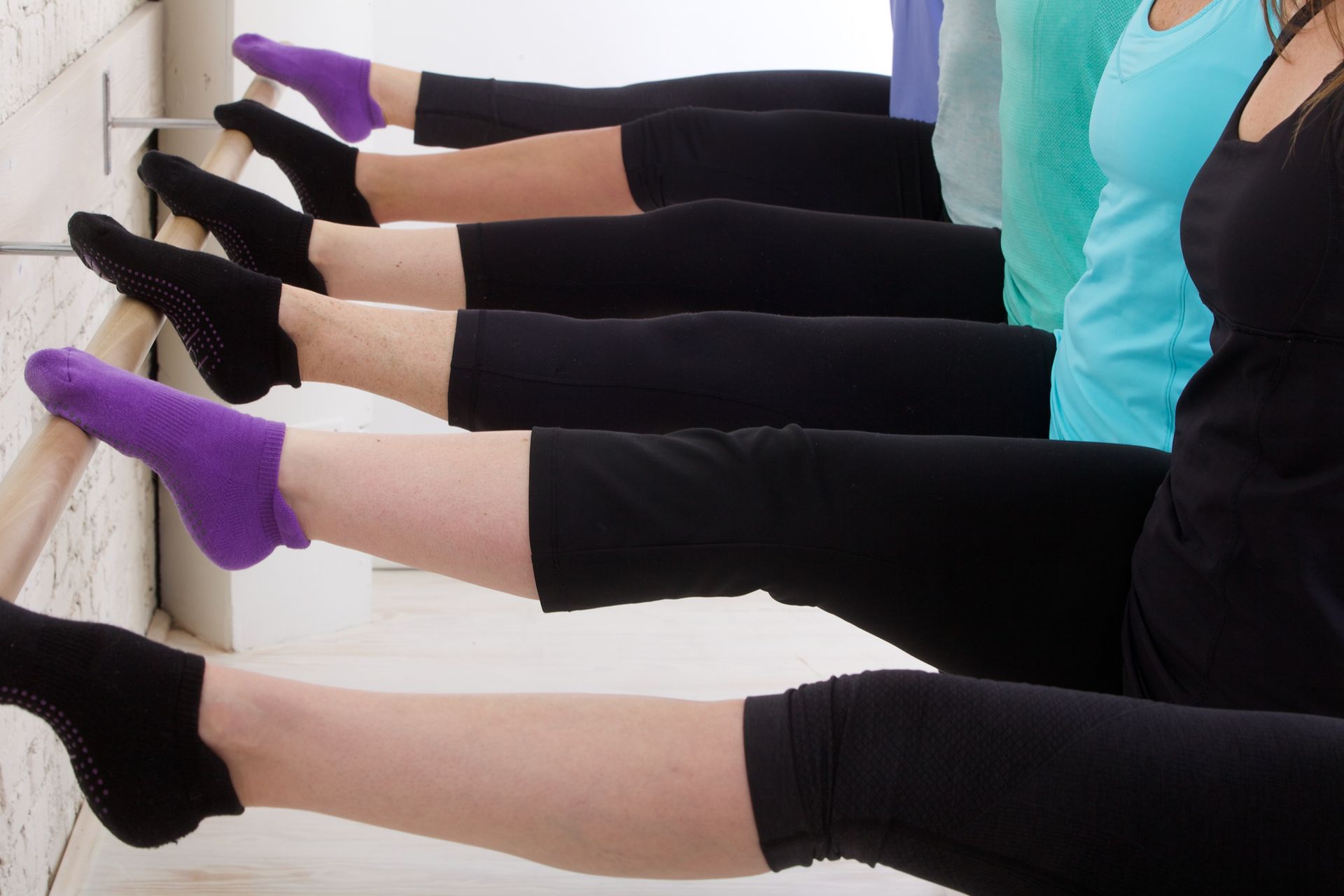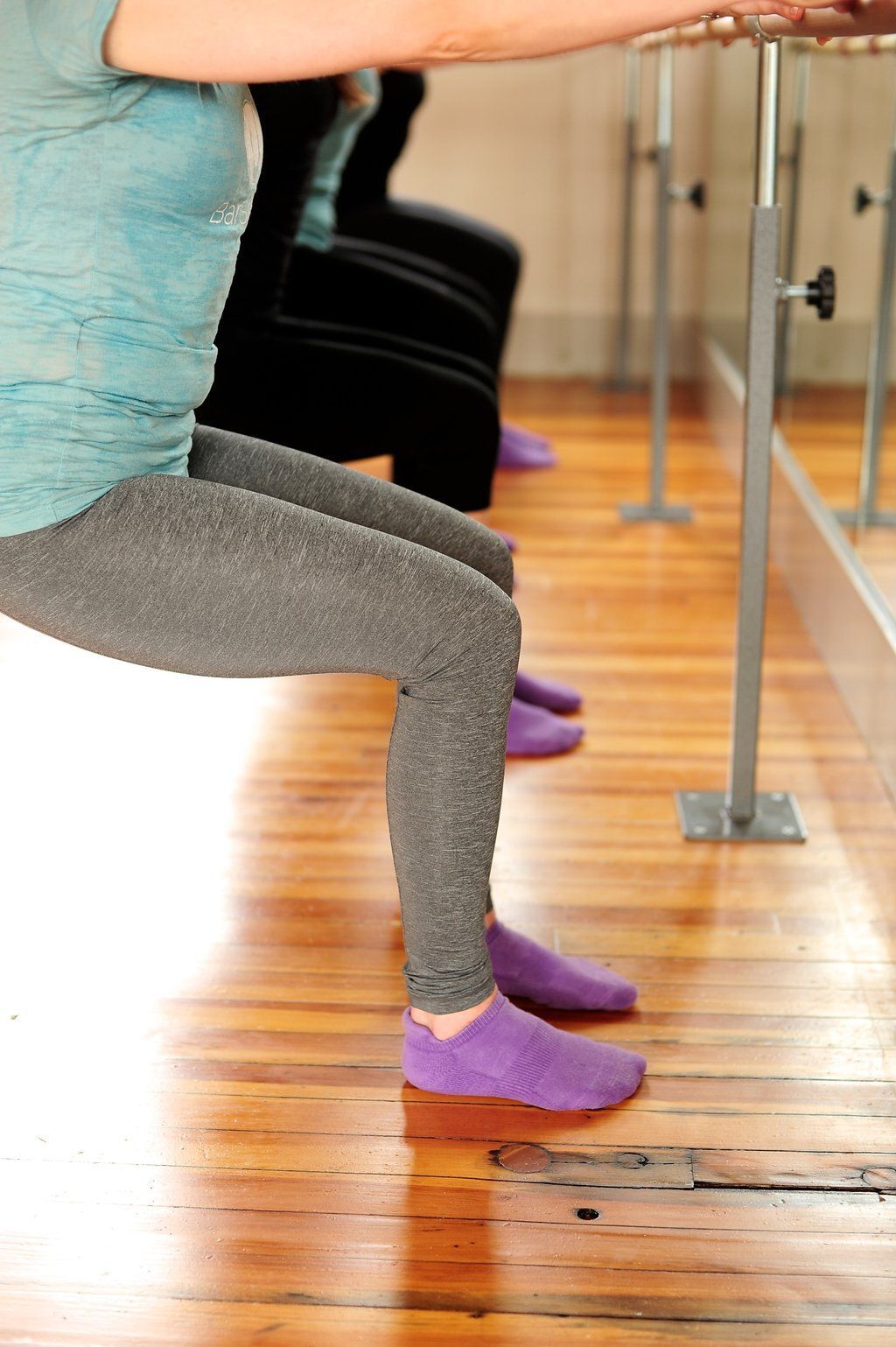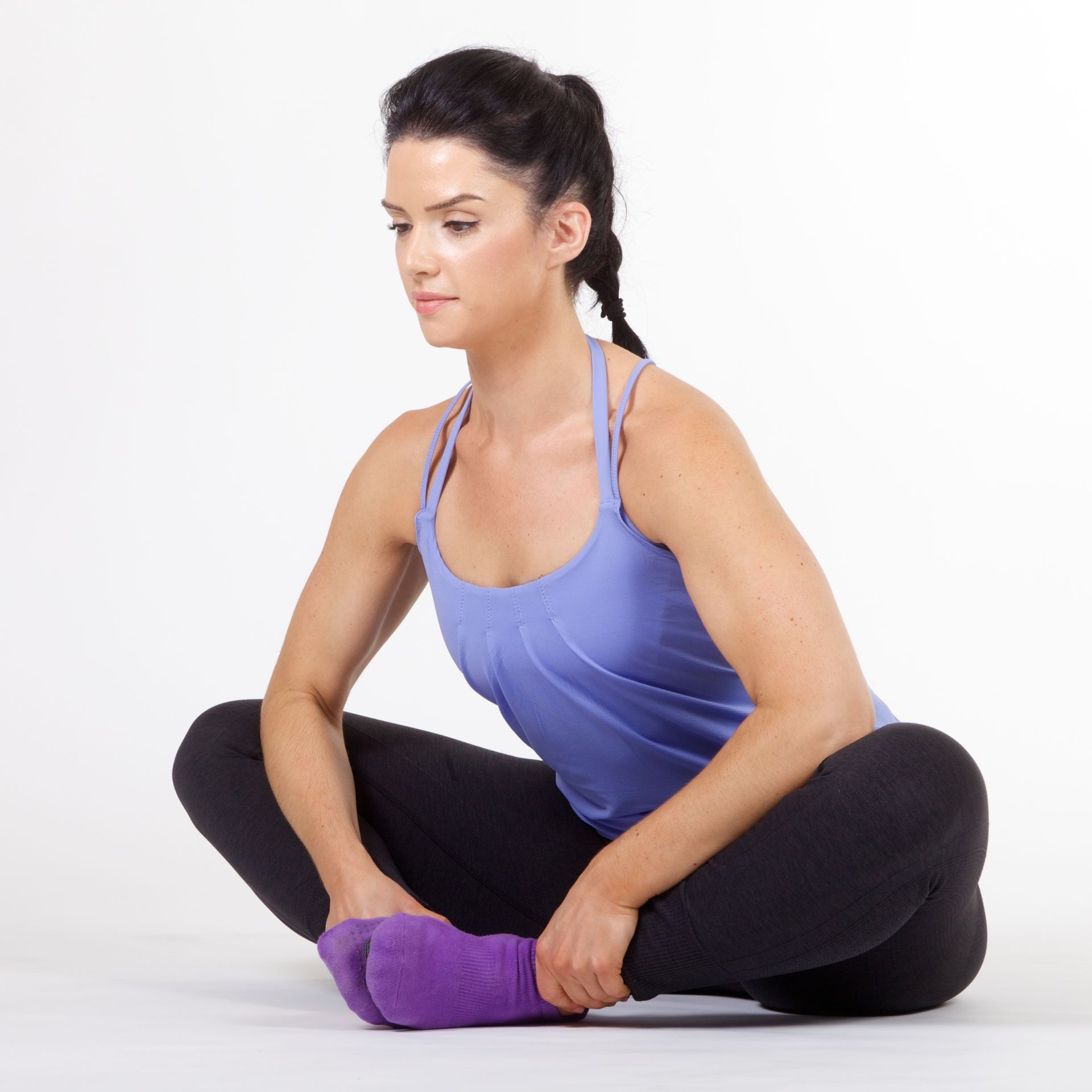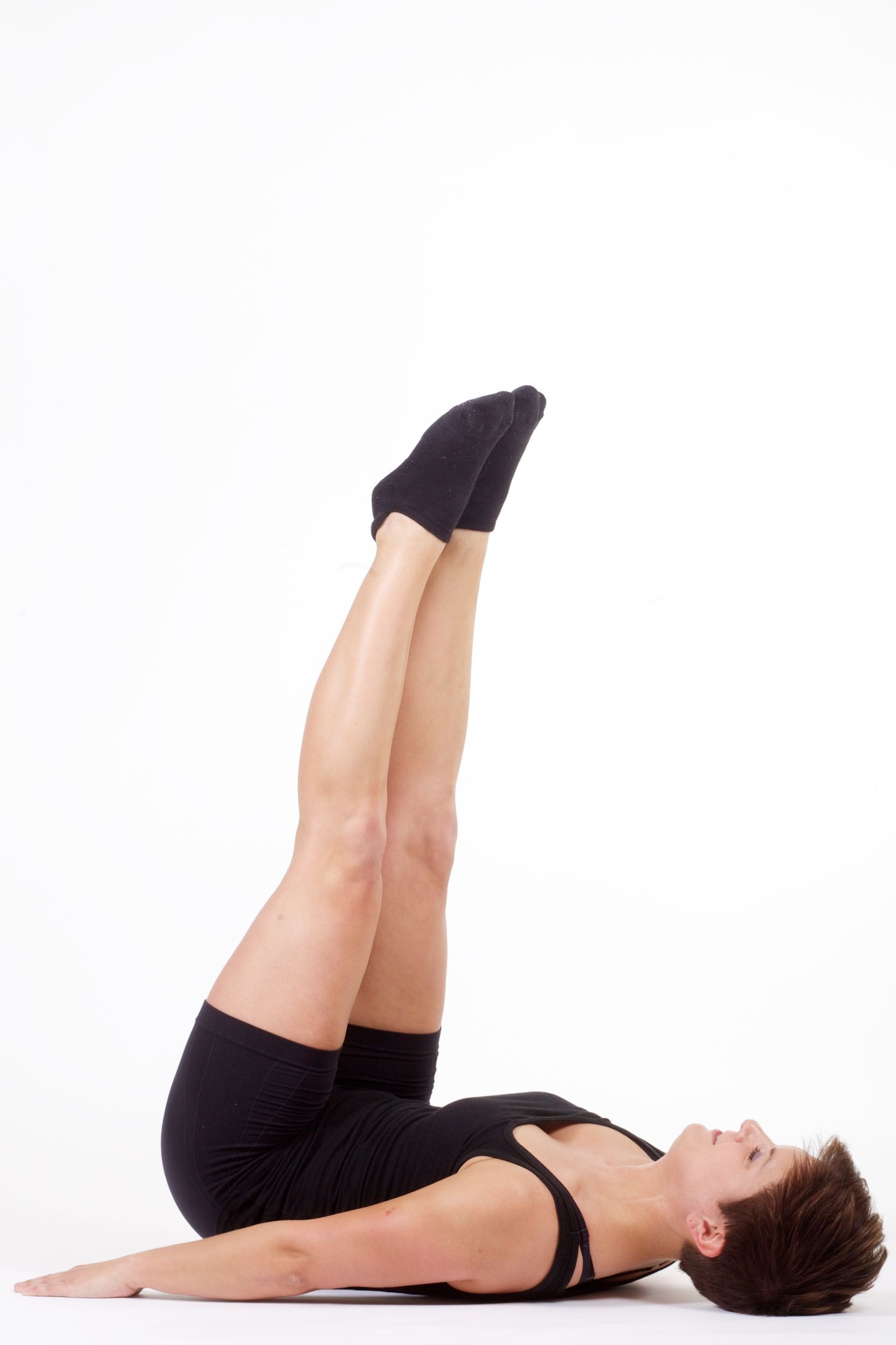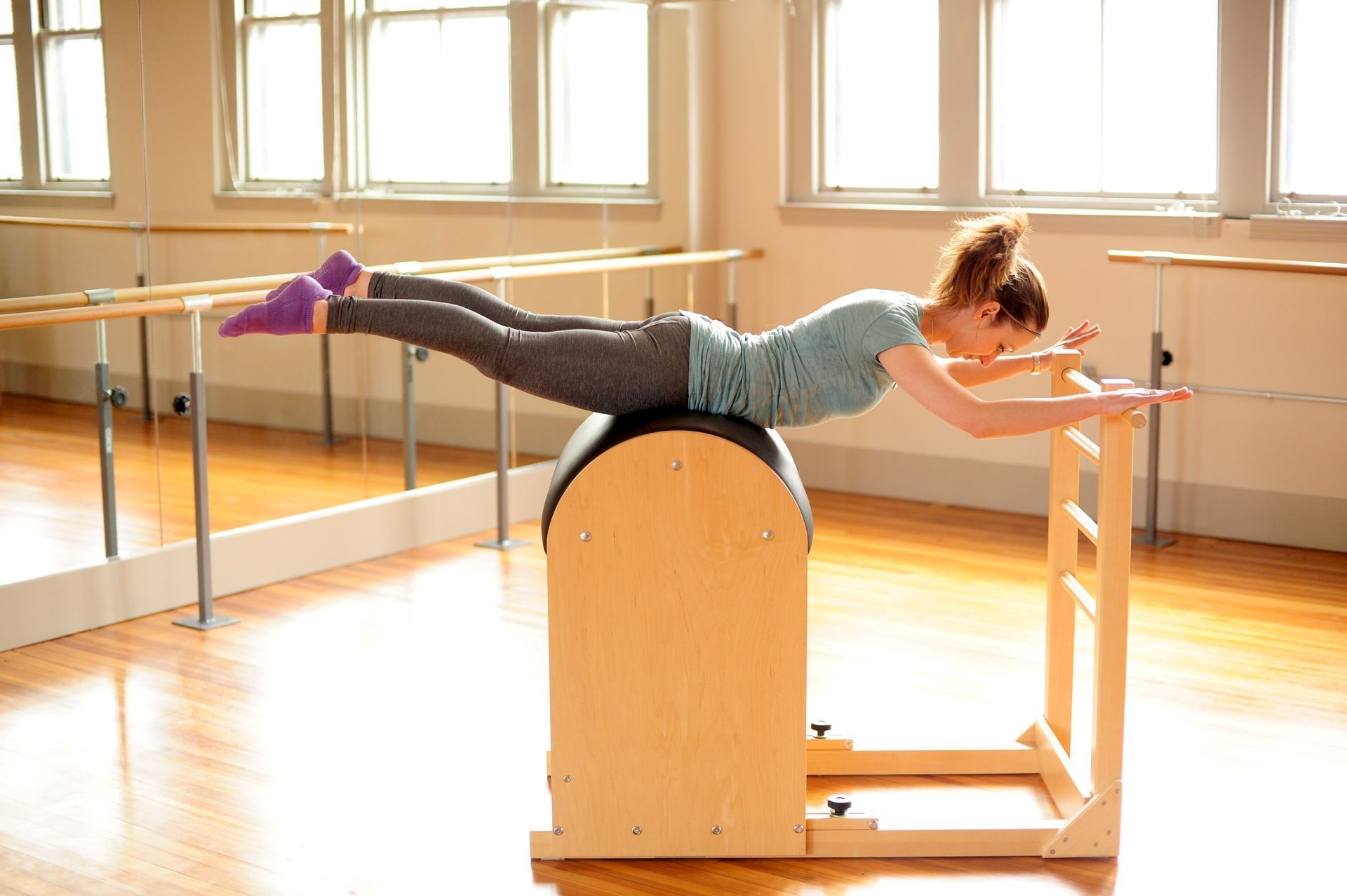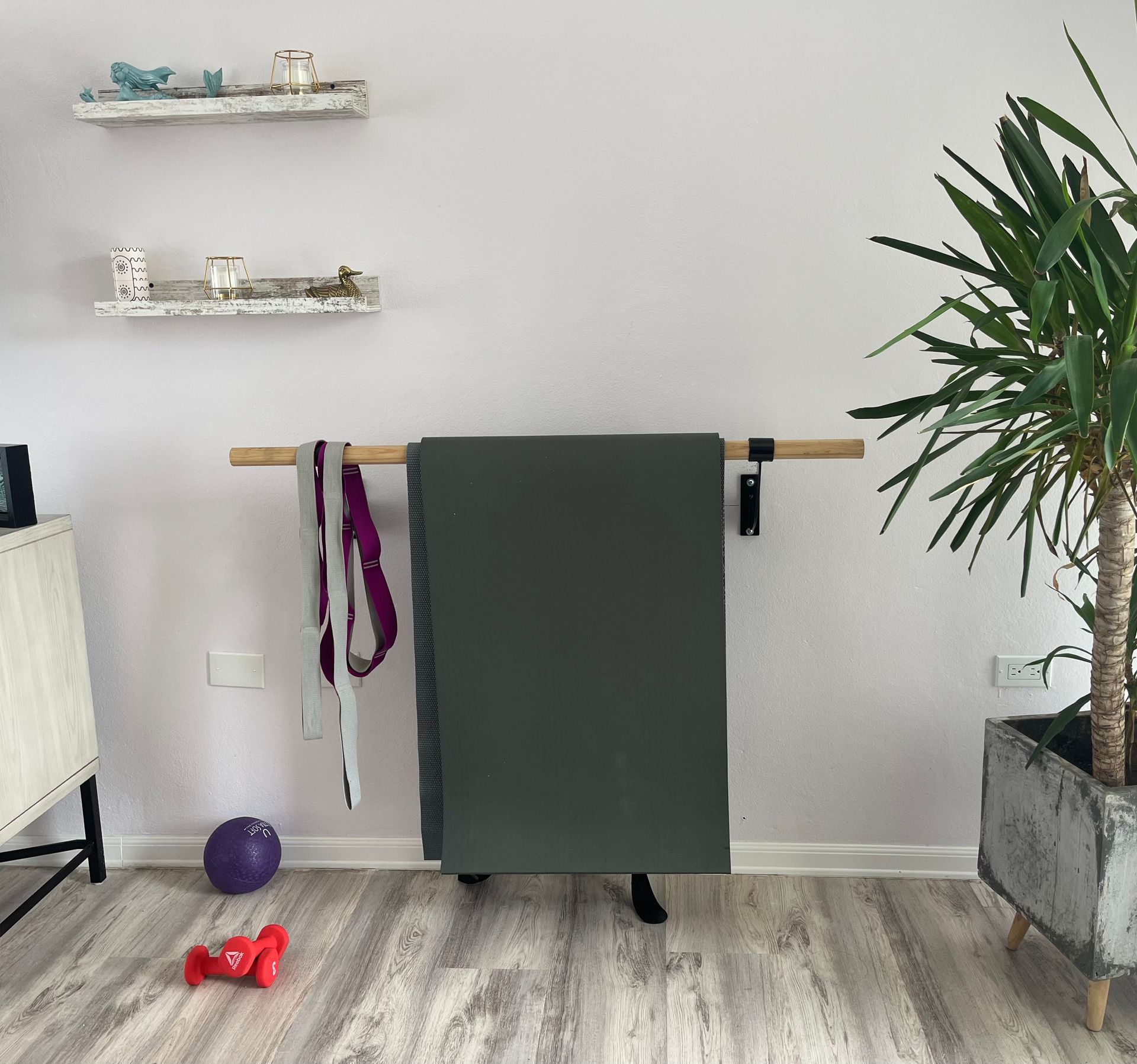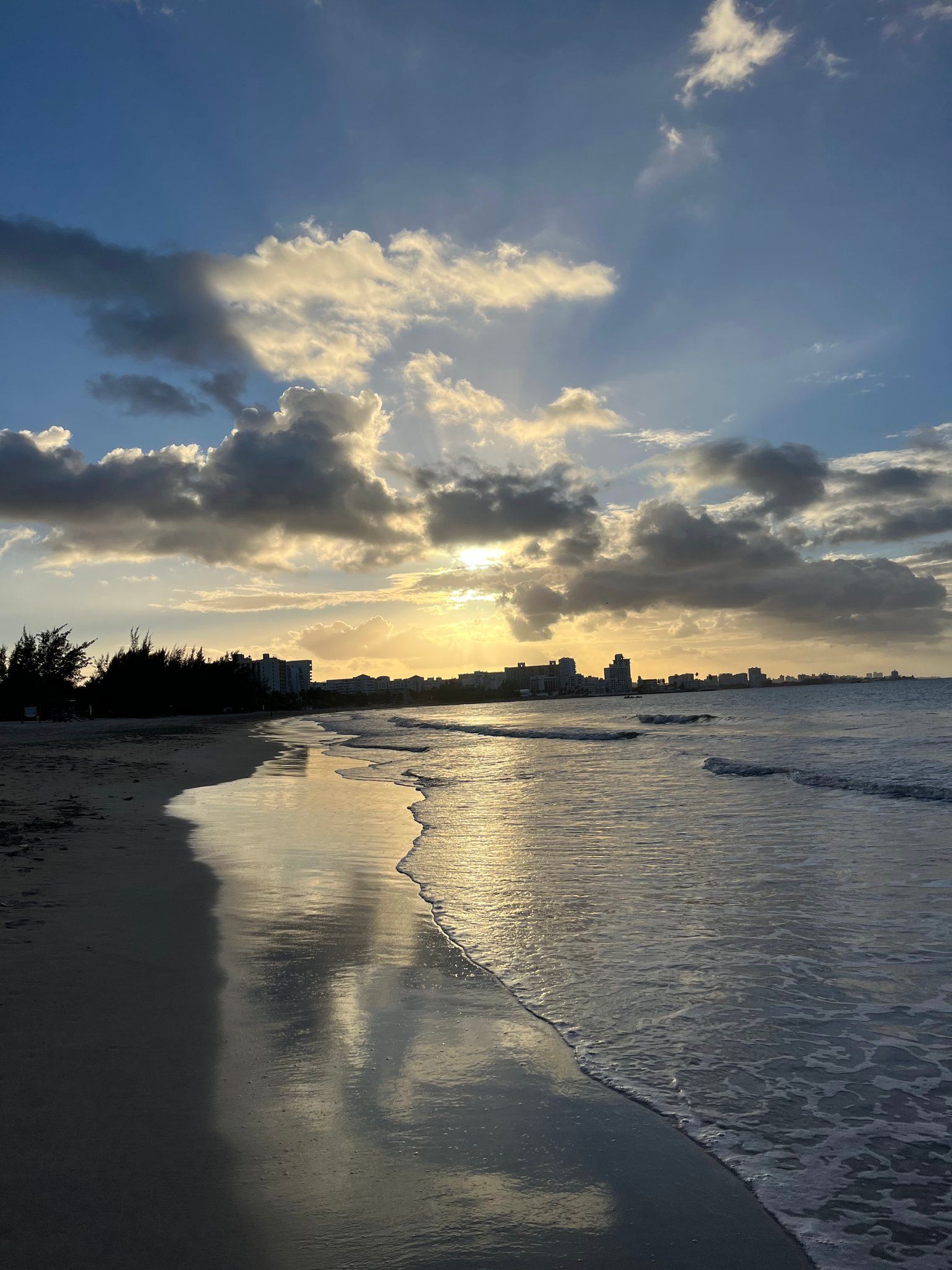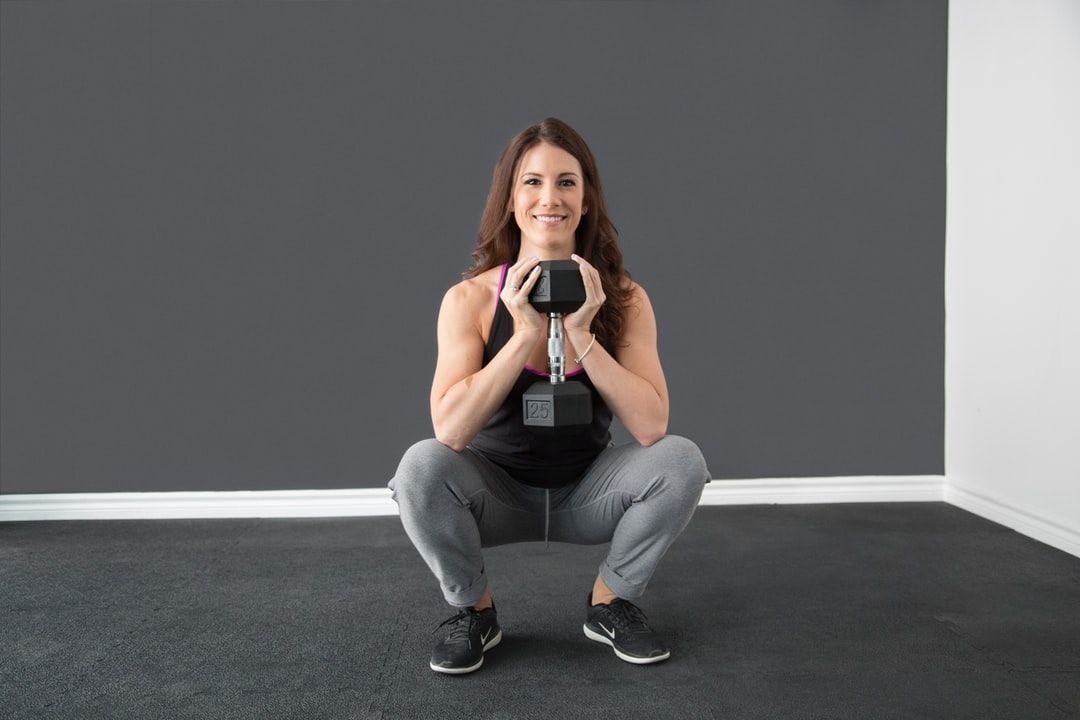Listen to your body- work within your limits
“When my back hurts, it reminds me how weak my core is.”
In my last blog, I talked about something that’s been on my mind for years: how frustrating it is when I hear someone say “Pilates hurt my back.” It makes me wince—not because I don’t believe their pain, but because I know from both personal and professional experience that when done correctly, Pilates should help your back, not harm it. I shared my story of developing a herniated disc during the pandemic, how I worked through that setback, and how mindful movement played a key role in my recovery.
What that blog kicked off, though, was something bigger. I received a comment on social media that really stuck with me. It said:
“When my back hurts, it reminds me how weak my core is.”
YES. That’s it. That’s the kind of awareness I love hearing from clients, students, and anyone on their movement journey. That comment tells me someone is listening to their body—and that’s the very first step toward building strength, stability, and resilience.
Now let’s dig into the next step.
Bodies Talk—Are You Listening?
We are taught to push through. To ignore discomfort. To be “tough.” And while there’s value in building mental grit, we lose something important when we drown out our body’s signals: We miss the messages that help us heal and grow.
Think of it like this: your body is speaking to you all the time. That little twinge in your low back when you first get out of bed? That’s not just aging or stiffness—it’s a whisper. It’s your body saying, “Hey, something’s up. Pay attention to how you move today.”
If you rush past it—sit all day, skip your core work, or dive into an advanced class without preparing properly—it might go from a whisper to a shout. And when the body shouts, it tends to do so through pain, inflammation, or injury.
The real art is learning to listen before it starts yelling.
The Morning Aggravation: A Clue, Not a Curse
I’ve had many mornings where I’ve felt that familiar stiffness or discomfort in my lower back. Not always pain—just an aggravation. In the past, I might have brushed it off or over-corrected by jumping straight into intense movement. But through years of teaching and recovering from my own injury, I’ve learned that those little sensations are clues. They help me decide what kind of support my body needs that day.
Maybe it’s more glute work to offload the spine. Maybe I need to stretch my hip flexors or do gentle abdominal work lying down before trying anything upright. Maybe I skip planks entirely that day. Listening doesn’t mean doing less—it means doing better.
Awareness is the First Step. Now What?
Back to that awesome comment—“when my back hurts, it reminds me how weak my core is.” I love that she’s listening. That she’s made a connection between the sensation (back pain) and a potential cause (core weakness). That’s huge.
But what do we do with that insight?
We start to change the narrative.
Let me explain.
If every time your back talks to you, you say “Ugh, I’m broken,” or “This always happens,” or “My body isn’t strong enough,” you create a loop. A limiting belief that becomes its own barrier to healing. But if you reframe it as, “My body is asking for support,” then suddenly, you’re in a place of power. You can respond instead of react. You can choose what to do next.
Changing the Narrative: A New Inner Dialogue
Instead of:
- “My back hurts, so I better rest and do nothing.” Try:
- “My back is asking for care. What movement will support it today?”
Instead of:
- “I must’ve done something wrong in class.” Try:
- “Was I paying attention to my alignment? Can I check in with a teacher or modify next time?”
Instead of:
- “I’m too injured to work out.” Try:
- “Which parts of me feel strong today, and how can I safely move?”
The narrative we create around pain and limitation can either keep us stuck or help us move forward. And sometimes, working within your limits actually means expanding your limits over time—strategically and compassionately.
Work Within Your Limits—But Don’t Mistake Limits for Laziness
Let’s clear something up: “working within your limits” does not mean you’re doing less. It means you’re doing what’s appropriate right now. It’s a practice in self-awareness and respect.
The tricky part is knowing the difference between a wise limit and a fear-based one.
- Is avoiding abdominal work because you’re scared it might hurt your back?
- Or are you modifying it to strengthen your abdominals without straining your spine?
There’s a difference between tuning in and tuning out. Working within your limits requires you to be present, curious, and committed to growth—even when that growth looks like a few deep, precise pelvic tilts on the mat instead of a full Teaser series.
What the Body is Really Saying
Pain is rarely just physical. Often, it’s layered with stress, fatigue, lack of sleep, emotional strain, or even fear. When I talk about “listening to your body,” I don’t just mean tuning in to physical discomfort. I mean stepping into a deeper conversation.
Your body might be saying:
- “I need rest today.”
- “Please hydrate me.”
- “Let’s stretch gently before loading weight.”
- “I’m ready to move—but slowly.”
When you learn to decode those messages, your movement practice becomes personal. And that’s where Pilates shines. It was designed to restore balance, not create strain. If your back hurts after Pilates, it’s not the method—it’s likely the execution. And that’s something we can always adjust.
From Listening to Action
So let’s go back to our question: What’s the next step after listening?
Start experimenting—with intention. Here are a few ways:
- Track patterns. Keep a simple movement journal. Note when discomfort arises, what you did before or after, and how you responded.
- Ask “what does this mean?” Instead of ignoring pain, get curious. Is your posture contributing? Are you overusing your back muscles instead of engaging your core?
- Modify smartly. Use props, adjust range of motion, or change positions. Just because an exercise is done one way in class doesn’t mean that’s the only way.
- Build foundational strength. A lot of “back pain” stems from weak or misfiring core muscles. Learn how to truly engage the transverse abdominis, pelvic floor, and obliques without gripping or tucking.
- Educate yourself. Take workshops. Ask questions. Work with teachers who understand injury-modification and anatomy. (Yes, I offer a few options here—feel free to reach out.)
Final Thoughts: Empowered, Not Fragile
Your body isn’t fragile—it’s intelligent. It adapts, heals, strengthens, and communicates. And when something hurts, that’s not a sign you’re broken. It’s a signal to shift gears, to move smarter, and to partner with your body, not fight against it.
Pilates didn’t hurt your back. But maybe the way it was taught to you, or the way you approached it, didn’t match what your body needed in that moment.
That’s the real work—not just pushing through, but pausing to listen. And then adjusting with purpose.
So yes—work within your limits. But also work within your potential. Let your body’s messages guide you—not scare you. And remember, every twinge is a chance to come back to center, strengthen from the inside out, and shift the story you’re telling yourself.
Keep listening. Keep moving.
And if you ever need help interpreting what your body is saying—I’m here.
Ready to take the next step? Here’s how I can help:
🔹
Watch my On-Demand Pilates for Back Pain Video
If your back has been speaking up lately, this gentle, targeted session is a great place to start listening—and moving.
to Click Here for a Video
🔹
Join BarSculpt On Demand
Get unlimited access to classes that focus on strength, flexibility, and working smart. Modifications included in every session so you can move within your limits—and grow from there.
🔹
Become a Teacher Who Knows the 'Why'
Curious how to teach movement that supports healing instead of causing harm? My Pilates and Barre Teacher Training programs include anatomy, injury awareness, and strategies for real-world bodies.
🔹
Let’s Work Together 1:1
If you're not sure where to start or want personalized feedback, book a private virtual session with me.
